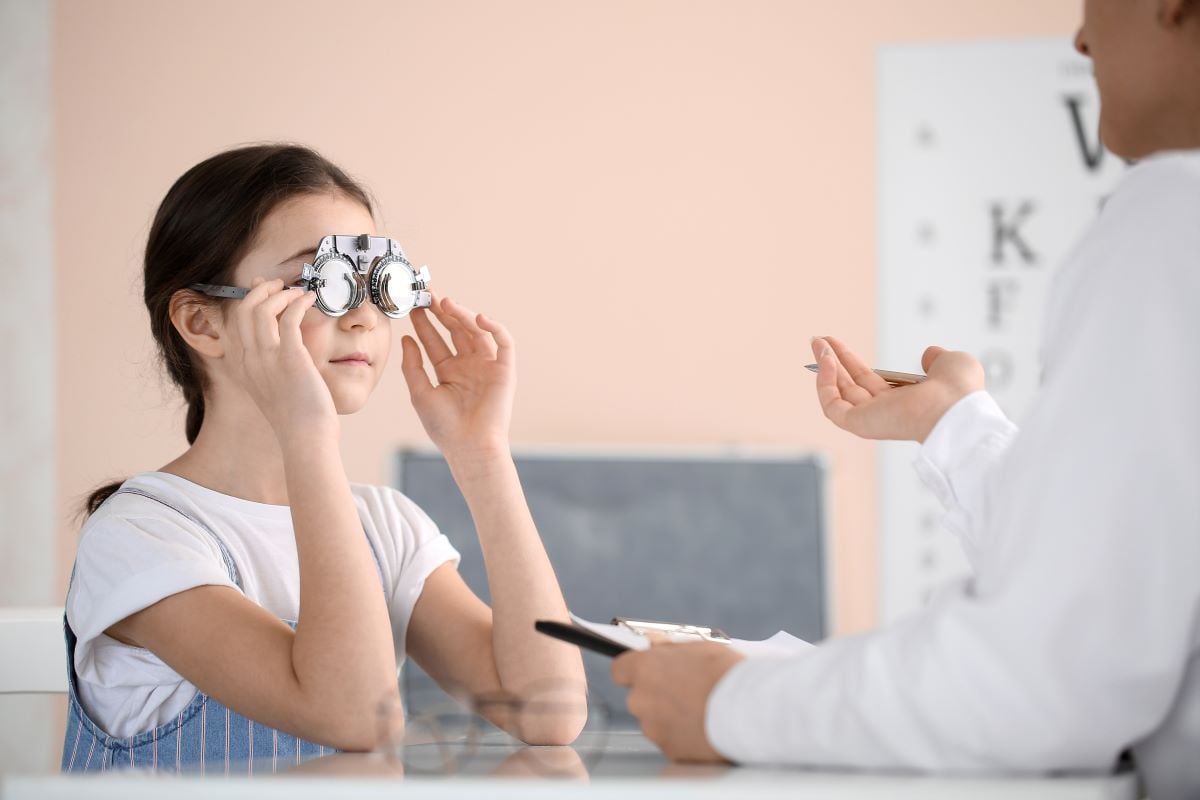Strong performance demonstrated for identifying myopia, strabismus, and ptosis using mobile photographs
By Elana Gotkine HealthDay Reporter
WEDNESDAY, Aug. 7, 2024 (HealthDay News) — An artificial intelligence (AI) model has strong performance for accurately identifying myopia, strabismus, and ptosis using mobile photographs, according to a study published online Aug. 6 in JAMA Network Open.
Qin Shu, M.D., from Shanghai Jiao Tong University School of Medicine, and colleagues developed an AI model to identify myopia, strabismus, and ptosis using mobile photographs in a cross-sectional study. A total of 1,419 images from 476 patients were used to build the model. Of the images, 946 monocular images and 473 binocular images were used to identify myopia and ptosis and to identify strabismus, respectively.
The researchers found that the model demonstrated good sensitivity for detecting myopia, strabismus, and ptosis (0.84, 0.73, and 0.85, respectively). During sex subgroup analysis, the model showed comparable performance in identifying eye disorders in both female and male children. Differences in identifying eye disorders were seen among different age groups.
“The detection model using AI showed strong performance in accurately identifying myopia, strabismus, and ptosis using only smartphone images,” the authors write. “These results suggest that it can assist families in screening children for myopia, strabismus, and ptosis, facilitating early identification and reducing the risk of visual function loss and severe problems due to delayed screening.”
Copyright © 2024 HealthDay. All rights reserved.








